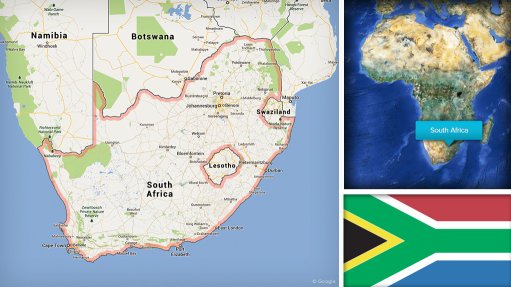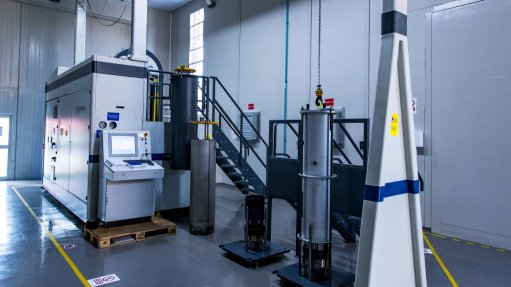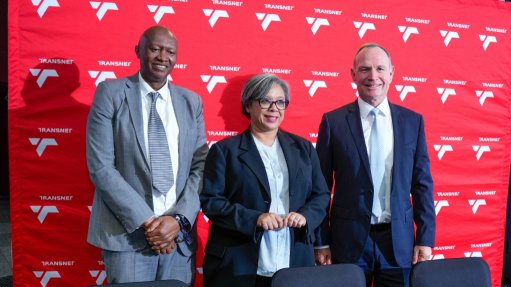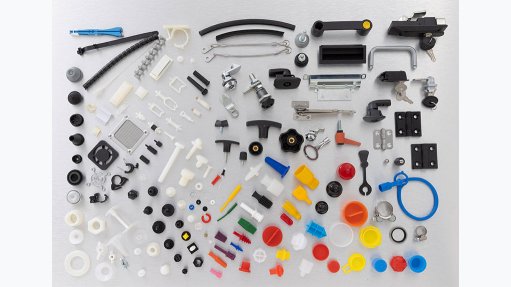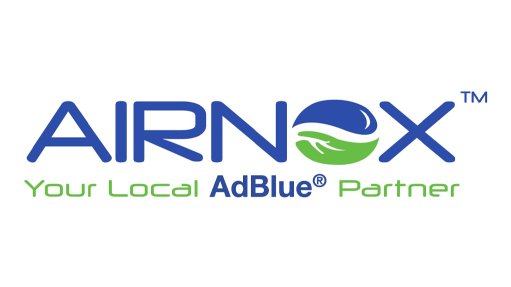In-bred tariff
AI Overview is a feature in Google Search that uses generative AI “to provide concise overviews of topics based on information from various sources”. It says of the headline of this piece: “It is not a recognised term in either genetics or economics.” But it states when queried with ‘Itac dollar- based reference price of wheat first introduced’: “The Itac (Integrated Trade Action Centre) dollar-based reference price of wheat was first introduced on April 30, 2010.
“This change involved increasing the reference price based on a formula, as stated by the Permanent Delegation of South Africa to the WTO. Itac is a tool used by the World Trade Organisation to facilitate trade in agricultural products, according to the World Trade Organisation.”
Clicking on the reference link takes you to the ‘Summary and Status – G20 Trade and Trade-Related (October 2008 – mid-May 2012)’. From there, you can select the ‘South Africa’ spreadsheet. Under ‘2010’, the column labelled ‘Status’ states: “Increase of dollar-based reference prince (sic) implemented on April 30 2010. Formula trigger increase implemented on July 15, 2010. Formula trigger reduction to free implemented on August 27, 2010.”
But is this accurate? To verify the claim, you will need to dig a bit deeper and consult the International Trade Administration Commission of South Africa’s (Ita’s) Report No 333, which is titled ‘Increase in the domestic dollar-based reference price for wheat from $157/ton to $215/ton’ and is dated March 26, 2010.
The report states under the section ‘The existing tariff dispensation for wheat’: “The current tariff dispensation for wheat, termed the variable tariff formula, was introduced in 1999 at the recommendation of the then Board on Tariffs and Trade. The domestic dollar-based reference price of wheat was set at a level of $157/ton, equal to the average long-term international price for wheat (using the latest ten-year average US No 2 Hard Red Winter – or HRW – (ord) Gulf wheat prices).
“The difference between the three-week moving average of the US No 2 HRW (ord) Gulf settlement price (world reference price) and the domestic dollar-based reference price for wheat is calculated on a weekly basis. If the three-week moving average of the US No 2 HRW (ord) Gulf settlement price shows a variance of more than $10/ton for the previous trigger level for three consecutive weeks, an adjustment to the tariff is triggered and a new duty calculated. The resulting dollar-specific duty is converted to South African rands according to the rand:dollar exchange rate prevailing on the day that the adjustment is triggered.”
The application attracted comments from the national Department of Agriculture, Forestry and Fisherie, the National Agricultural Marketing Council, Pioneer Foods, Tiger Brands, Foodcorp, Agri Northern Cape, Transvaal Agricultural Union, Sentraal-Suid Cooperative, NWK (North West), GWK, the Eendekuil Agricultural Union, Grain SA Commercial Farmers, Profert, Oos Vrystaat Kaap Operations, Vrystaat Kooperasie Beperk (and Botswana’s Ministry of Agriculture. “Generally, interested parties indicated support for an increased level of protection for wheat but not to the level requested by Grain SA,” Itac notes.
This brings us to the Government Gazette notice of April 30, in which Itac invited comments on the proposed increase in the US dollar-based reference price of wheat from $279/ton to $289/ton and consideration of the implementation of an automatic trigger mechanism for the wheat import tariff. The closing date for comments is May 28.
The application was lodged by Grain SA and the South African Cereal and Oilseed Trade Association. They argue that the current tariff is insufficient to support local wheat production and self-sufficiency, that increased production costs and competition from subsidised imports threaten local farmers, that historical self-sufficiency in wheat has declined from 93% to 55%, and that the current tariff structure favours imports, risking domestic food security. The applicants believe the requested tariff increase will help achieve 85% self- sufficiency through tariff adjustments every two years.
It is also stated in the notice that, given the complexity of the variable tariff formula for wheat, Itac may consider reviewing other aspects of the methodology. In this regard, comments must be provided in the format of a questionnaire obtainable on Itac’s website – www.itac.org.za.
Article Enquiry
Email Article
Save Article
Feedback
To advertise email advertising@creamermedia.co.za or click here
Comments
Press Office
Announcements
What's On
Subscribe to improve your user experience...
Option 1 (equivalent of R125 a month):
Receive a weekly copy of Creamer Media's Engineering News & Mining Weekly magazine
(print copy for those in South Africa and e-magazine for those outside of South Africa)
Receive daily email newsletters
Access to full search results
Access archive of magazine back copies
Access to Projects in Progress
Access to ONE Research Report of your choice in PDF format
Option 2 (equivalent of R375 a month):
All benefits from Option 1
PLUS
Access to Creamer Media's Research Channel Africa for ALL Research Reports, in PDF format, on various industrial and mining sectors
including Electricity; Water; Energy Transition; Hydrogen; Roads, Rail and Ports; Coal; Gold; Platinum; Battery Metals; etc.
Already a subscriber?
Forgotten your password?
Receive weekly copy of Creamer Media's Engineering News & Mining Weekly magazine (print copy for those in South Africa and e-magazine for those outside of South Africa)
➕
Recieve daily email newsletters
➕
Access to full search results
➕
Access archive of magazine back copies
➕
Access to Projects in Progress
➕
Access to ONE Research Report of your choice in PDF format
RESEARCH CHANNEL AFRICA
R4500 (equivalent of R375 a month)
SUBSCRIBEAll benefits from Option 1
➕
Access to Creamer Media's Research Channel Africa for ALL Research Reports on various industrial and mining sectors, in PDF format, including on:
Electricity
➕
Water
➕
Energy Transition
➕
Hydrogen
➕
Roads, Rail and Ports
➕
Coal
➕
Gold
➕
Platinum
➕
Battery Metals
➕
etc.
Receive all benefits from Option 1 or Option 2 delivered to numerous people at your company
➕
Multiple User names and Passwords for simultaneous log-ins
➕
Intranet integration access to all in your organisation






